

Articles
How To Store Almond Milk
Modified: October 20, 2024
Learn the best ways to store almond milk for longer shelf life and freshness. Read more articles on proper storage techniques and tips.
(Many of the links in this article redirect to a specific reviewed product. Your purchase of these products through affiliate links helps to generate commission for Storables.com, at no extra cost. Learn more)
Introduction
Welcome to the world of plant-based milk alternatives, where almond milk has become a popular choice for those seeking a delicious and nutritious dairy-free option. Whether you’re a fan of almond milk’s creamy texture or its subtle nutty flavor, proper storage is key to ensuring its freshness and longevity.
In this article, we will guide you through the best practices for storing almond milk to maintain its quality and taste. From choosing the right container to refrigerating and freezing techniques, we’ve got you covered. So, let’s dive in!
Key Takeaways:
- Proper storage of almond milk is crucial for maintaining freshness, taste, and quality. Choosing the right container, refrigerating, freezing, and avoiding contamination are key steps to ensure a delightful dairy-free experience.
- By following best practices for storing almond milk, you can prolong its shelf life, maintain its quality, and save money. From selecting the right container to avoiding contamination, proper storage enhances the overall almond milk experience.
Read more: How To Make Almond Milk In A Juicer
Why Store Almond Milk?
Before we delve into the specifics of how to store almond milk, let’s first understand why proper storage is essential. By storing almond milk correctly, you can:
- Prolong shelf life: Almond milk, like any other perishable item, has a limited lifespan. Good storage practices can help extend its shelf life, allowing you to enjoy it for longer without worrying about spoilage.
- Maintain quality: If not stored properly, almond milk may separate, develop an off-putting odor, or become bitter in taste. By following the right storage methods, you can prevent these issues and preserve the taste and texture of your almond milk.
- Save money: Almond milk can be quite expensive, especially if you opt for high-quality or specialty brands. By storing it correctly, you can minimize wastage and make the most of your investment.
- Convenience: Properly stored almond milk is always ready to use whenever you need it. It saves you from last-minute grocery store runs and allows you to enjoy a refreshing glass of almond milk at any time.
Whether you buy almond milk in bulk or have leftovers from a recipe, knowing how to store it properly will ensure that you can maximize its freshness and enjoy it to the fullest.
Now that we’ve established the importance of proper storage, let’s move on to the next step: choosing the right container.
Choosing the Right Container
When it comes to storing almond milk, the choice of container plays a vital role in maintaining its quality and preventing contamination. Here are some factors to consider when selecting the right container:
- Material: Opt for food-grade containers made of glass or BPA-free plastic. These materials are non-reactive, ensuring that the almond milk’s flavor and nutritional properties remain intact.
- Airtight seal: Make sure the container has a secure lid or cap that forms an airtight seal. This helps prevent air exposure and minimize the risk of spoilage.
- Size: Choose containers that are appropriate for the amount of almond milk you usually consume or need at a time. This helps minimize the amount of air space in the container, which can contribute to quicker degradation.
- Transparency: If possible, select a container that is transparent. This allows you to easily monitor the almond milk for any signs of spoilage or separation.
It’s worth noting that you can either store almond milk in its original packaging or transfer it to a different container. If you choose to transfer the almond milk, ensure that the new container meets the criteria mentioned above.
Now that you’ve selected the perfect container, let’s move on to the next step: refrigerating almond milk.
Refrigerating Almond Milk
Refrigeration is the most common method of storing almond milk, as it helps maintain its freshness and prevents bacterial growth. Follow these steps to properly refrigerate your almond milk:
- Check the “best by” or expiration date on the almond milk packaging. This will give you an idea of how long the manufacturer recommends it to remain at its best quality.
- Keep the almond milk in its original container or transfer it to an airtight container if desired.
- Place the container of almond milk in the refrigerator’s main compartment, away from areas with fluctuating temperatures such as the door or top shelf.
- Ensure that the temperature of your refrigerator is set at or below 40°F (4°C). This temperature range helps slow down the growth of bacteria and extends the shelf life of your almond milk.
- Avoid storing almond milk near foods with strong odors, as it can absorb them and affect its taste.
- Refrain from shaking the almond milk vigorously before refrigeration, as this can lead to excessive foaming and separation. Gentle agitation is sufficient to redistribute any settled particles.
Once refrigerated, almond milk can typically remain fresh for about 7-10 days beyond the “best by” date, but it’s always best to rely on your senses. If you notice any off odors, a strange taste, or significant separation, it’s time to discard the almond milk for safety reasons.
Now that you know how to store almond milk in the refrigerator, let’s move on to the next step: freezing almond milk.
Freezing Almond Milk
Freezing almond milk is a great option if you want to extend its shelf life beyond the typical refrigeration period. Here’s how you can freeze almond milk:
- If using the original packaging, ensure that there is enough headspace in the container to allow for expansion as the almond milk freezes. Alternatively, transfer the almond milk to a freezer-safe container, leaving about an inch of space at the top.
- Seal the container tightly to prevent any air from entering and causing freezer burn.
- If you have a large quantity of almond milk, consider dividing it into smaller portions. This way, you can thaw only what you need at a time, preventing unnecessary wastage.
- Label the container with the date of freezing to keep track of its freshness.
- Place the almond milk in the freezer, preferably towards the back where the temperature is more consistent.
When it comes to thawing frozen almond milk, there are a few important things to keep in mind:
- Thaw the almond milk in the refrigerator slowly. Avoid using methods like microwave or hot water, as they can alter the texture and compromise the quality.
- Gently shake or stir the thawed almond milk to reintegrate any separated liquid and solids.
- Consume the thawed almond milk within 24-48 hours and avoid refreezing it, as this can affect the taste and texture.
Note that freezing almond milk may cause slight changes in its texture, with some separation occurring. However, a thorough shake or stir post-thawing should help restore its smoothness.
Now that you know how to freeze and thaw almond milk, let’s move on to the next step: storing opened almond milk.
Store almond milk in a tightly sealed container in the refrigerator. Use it within 7-10 days of opening for the best quality and taste.
Read more: How To Store Almonds
Storing Opened Almond Milk
Once you’ve opened a container of almond milk, it’s important to follow proper storage guidelines to maintain its freshness and prevent spoilage. Here are the steps to store opened almond milk:
- Refrigerate the opened almond milk as soon as possible after use. Leaving it at room temperature for an extended period can promote bacterial growth.
- Ensure that the container is tightly sealed to prevent air exposure and contamination. If the original packaging is not resealable, transfer the almond milk to an airtight container.
- Place the container in the refrigerator’s main compartment, away from areas with fluctuating temperatures.
- Follow the same temperature guidelines as for unopened almond milk, keeping it below 40°F (4°C).
- Label the container with the date of opening to track its freshness.
- Consume the opened almond milk within 7-10 days or follow the “best by” date guidelines provided by the manufacturer.
It’s worth noting that opened almond milk may undergo some separation or changes in texture. Give it a gentle shake or stir before using to recombine any settled particles.
Always trust your senses when determining if opened almond milk is still safe to consume. If you notice any off odors, a sour taste, or significant separation, it’s best to discard it.
Now that you have learned how to store opened almond milk, let’s move on to the next step: avoiding contamination.
Avoiding Contamination
Ensuring the cleanliness and proper handling of almond milk is crucial in avoiding contamination and preserving its quality. Here are some tips to help you avoid contamination:
- Wash your hands thoroughly before handling almond milk or any related equipment. This helps prevent the transfer of bacteria or other contaminants.
- Ensure that all containers and utensils used for almond milk storage are clean and free from any residue or previous food particles.
- Avoid cross-contamination by storing almond milk away from raw meat, poultry, or other potentially hazardous foods in the refrigerator. Keep it on a separate shelf or in a sealed compartment if available.
- If using a pouring spout or dispenser for almond milk, make sure it is clean and sanitized before each use to prevent microbial growth.
- Always use clean utensils or tools when scooping or pouring almond milk to prevent introducing bacteria from contaminated surfaces.
- When sharing almond milk with others, avoid double-dipping or using the same spoon or cup that has come into contact with someone’s mouth. This can introduce oral bacteria into the almond milk.
By practicing good hygiene and taking these preventive measures, you can minimize the risk of contamination and ensure the safety of your almond milk.
Now that you know how to avoid contamination, let’s explore some methods to extend the shelf life of almond milk.
Extending Shelf Life
While almond milk has a limited shelf life, there are a few techniques you can employ to help extend its freshness and maximize its usability. Here are some tips to help you extend the shelf life of almond milk:
- Temperature control: Keep your almond milk consistently refrigerated below 40°F (4°C) to slow down the growth of bacteria and maintain its freshness for a longer period.
- Proper container sealing: Ensure that the container is tightly sealed whenever storing almond milk. This helps prevent air exposure and avoids the risk of contamination.
- First in, first out: If you purchase almond milk in bulk, make sure to use the older containers first. This way, you won’t accidentally let them go past their recommended consumption date.
- Minimal exposure to light: Almond milk is sensitive to light, which can speed up the degradation process. Keep the containers away from direct sunlight or bright artificial light to maintain its quality.
- Keep the container upright: Storing almond milk in an upright position helps prevent excessive agitation, which can lead to separation and texture changes.
- Monitor the smell and appearance: Regularly inspect your almond milk for any off odors, mold growth, or significant separation. If you detect any signs of spoilage, it’s best to discard it.
By following these strategies, you can enhance the shelf life of almond milk and enjoy its freshness for a longer duration.
Now, armed with your newfound knowledge of storing almond milk, you can confidently keep it fresh and delicious for extended periods.
Remember, freshness and quality are key when it comes to almond milk, so be mindful of the “best by” or expiration dates and always trust your senses when determining its suitability for consumption.
Happy storing and enjoy your almond milk!
Conclusion
Properly storing almond milk is essential for maintaining its freshness, flavor, and quality. By following the guidelines outlined in this article, you can extend the shelf life of almond milk and ensure that it remains safe for consumption.
From choosing the right container to refrigerating and freezing techniques, each step plays a crucial role in preserving the optimal taste and texture of almond milk. Remember to opt for food-grade containers, keep almond milk refrigerated below 40°F (4°C), and avoid cross-contamination with other foods.
Whether you’re an almond milk enthusiast or simply enjoy having it as a dairy-free alternative, taking the time to properly store almond milk will enhance your overall experience and prevent unnecessary waste.
Always check the “best by” or expiration date on the almond milk packaging and trust your senses if you suspect any signs of spoilage. By practicing good hygiene, monitoring storage conditions, and implementing proper storage techniques, you can enjoy delicious almond milk for a longer period of time.
So, go ahead and stock up on almond milk with confidence, knowing that you have the knowledge and expertise to store it correctly and savor its creamy goodness whenever you desire.
Happy almond milk storage and enjoy your refreshing, dairy-free delight!
Frequently Asked Questions about How To Store Almond Milk
Was this page helpful?
At Storables.com, we guarantee accurate and reliable information. Our content, validated by Expert Board Contributors, is crafted following stringent Editorial Policies. We're committed to providing you with well-researched, expert-backed insights for all your informational needs.

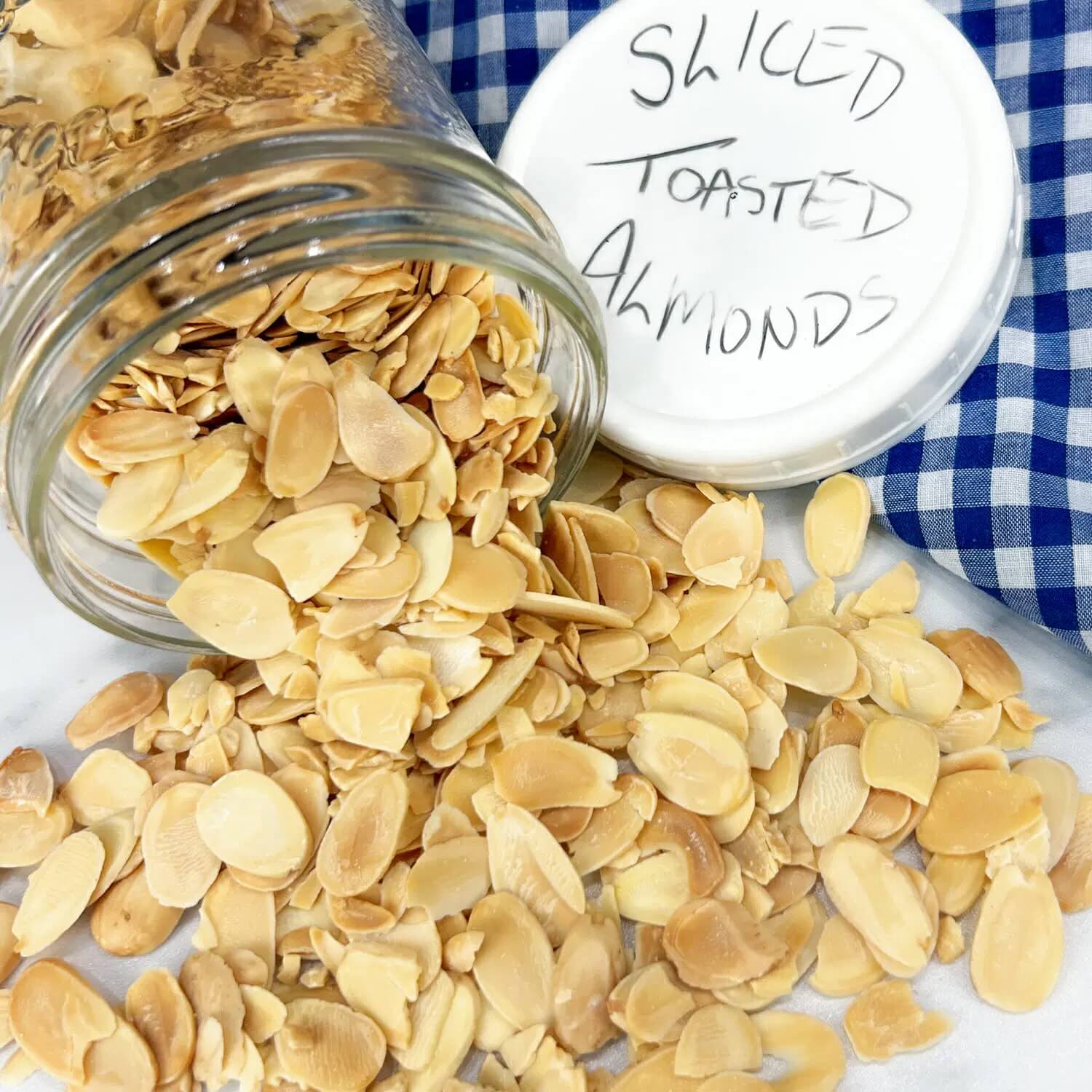
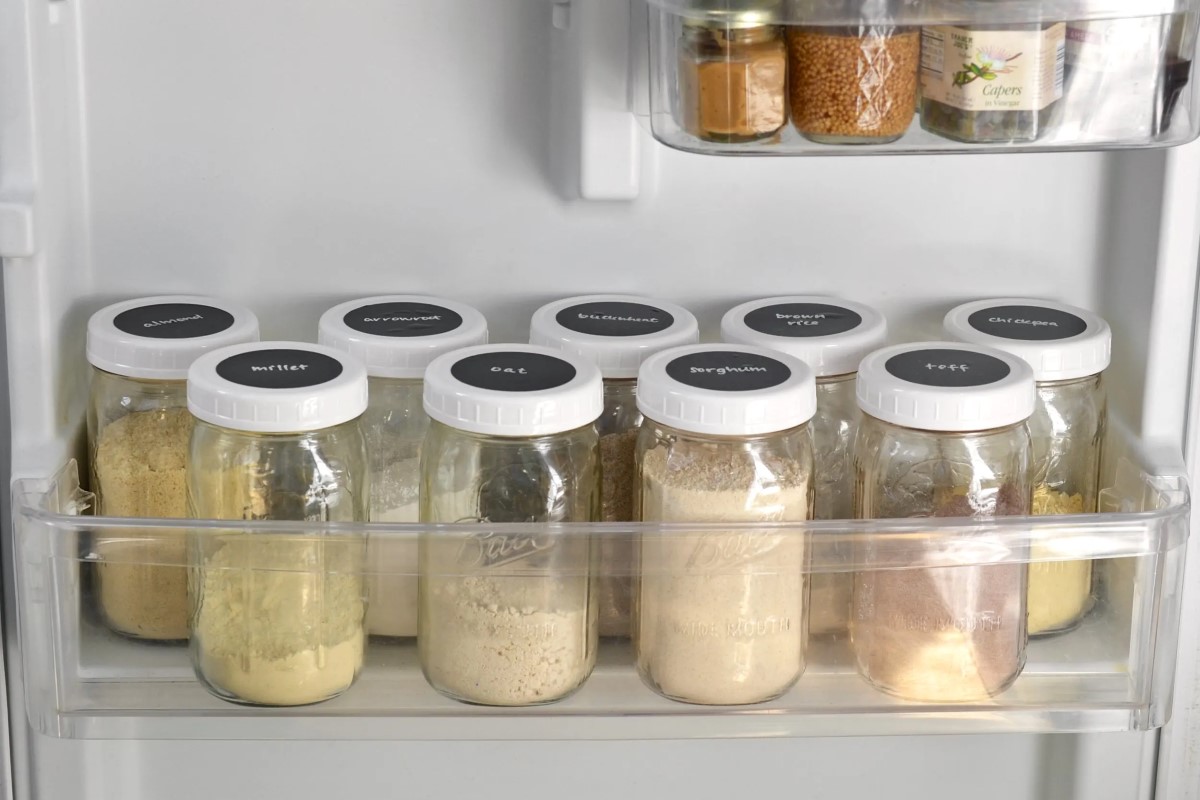

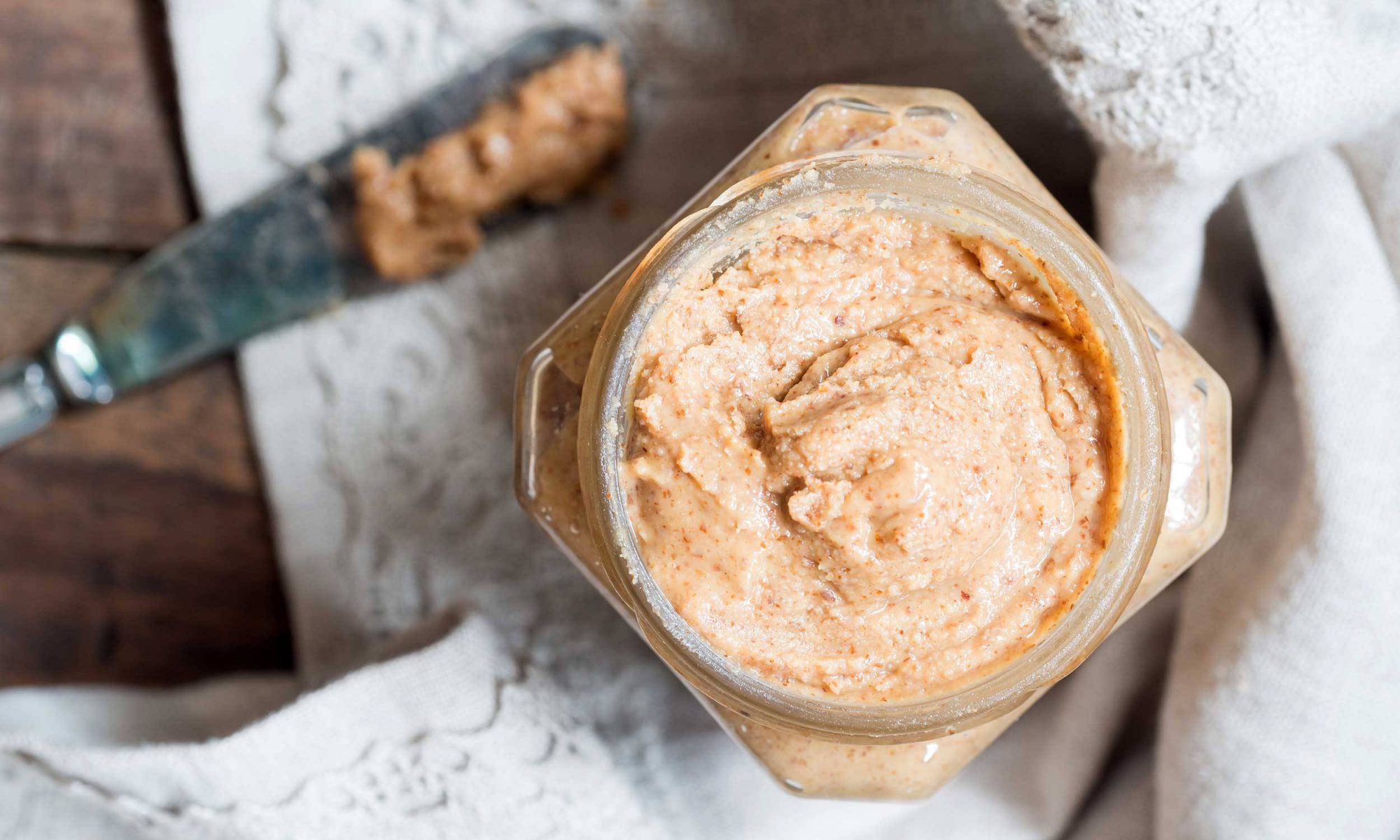
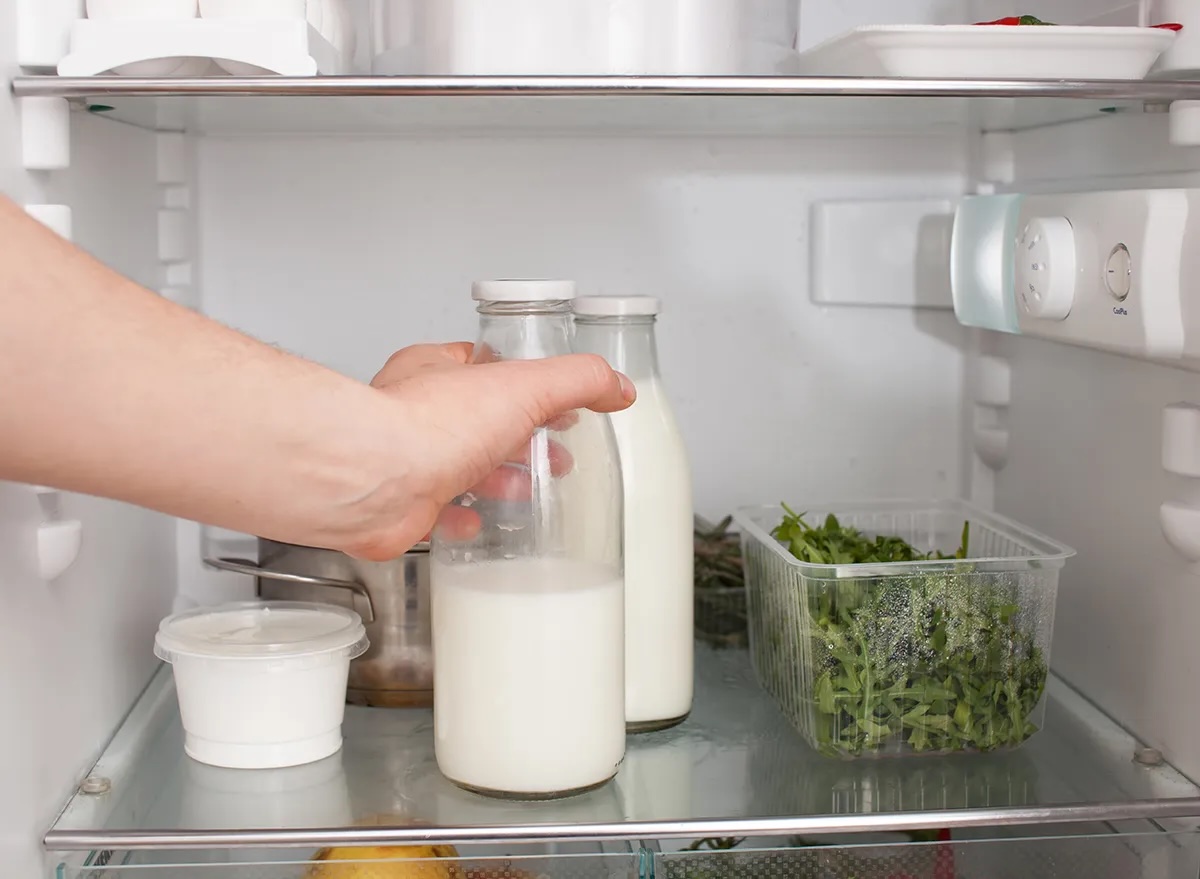

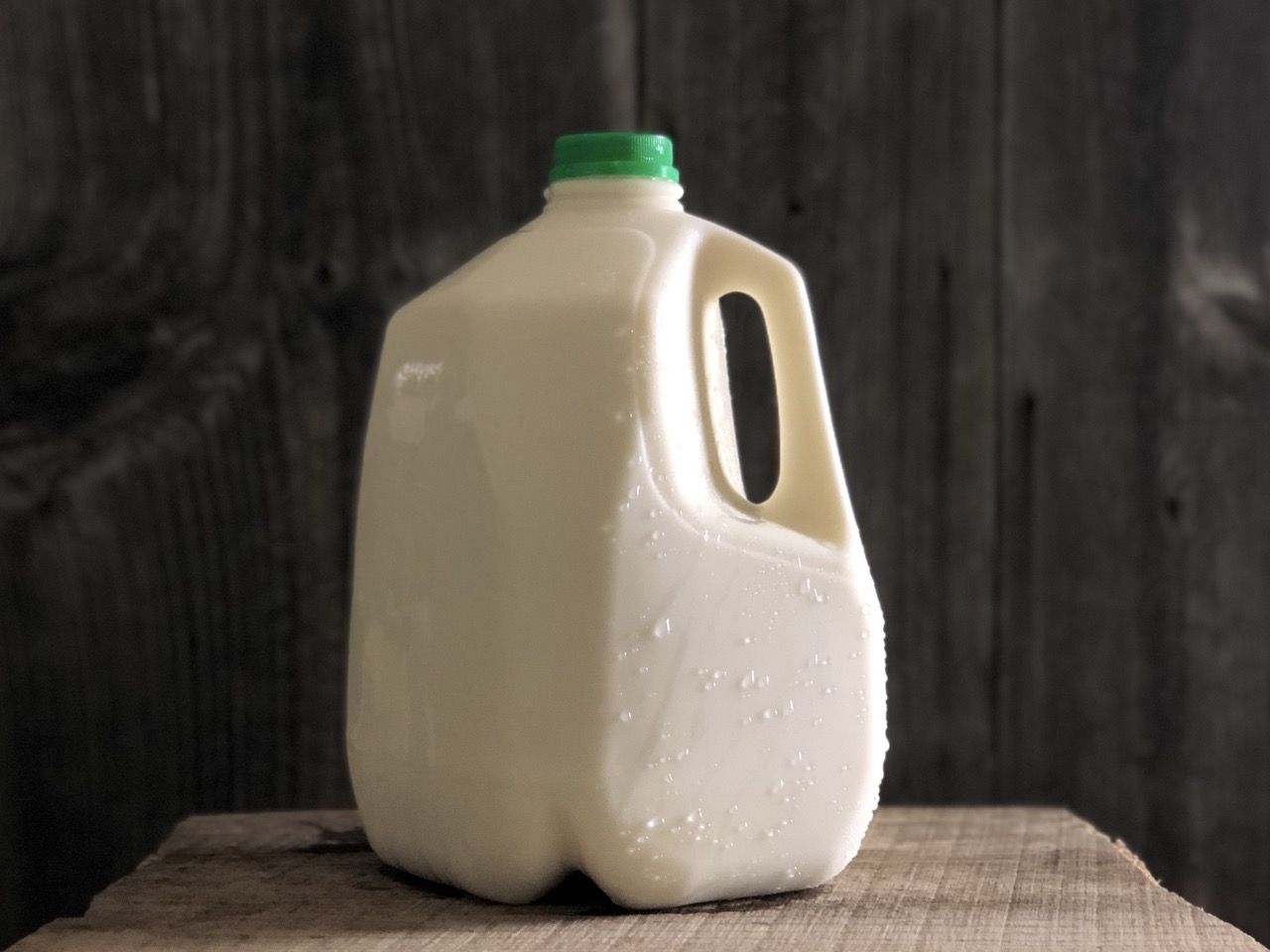
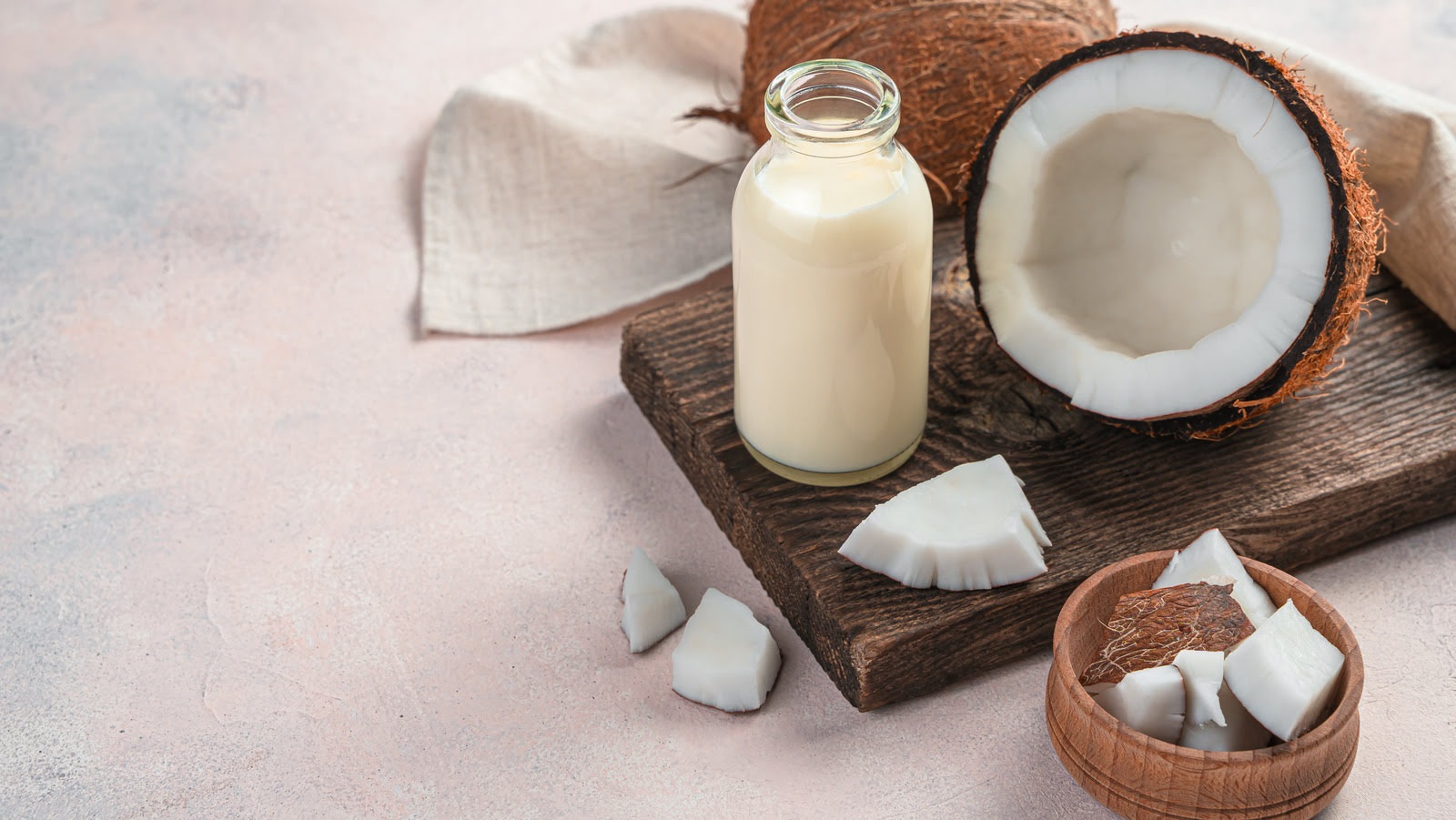
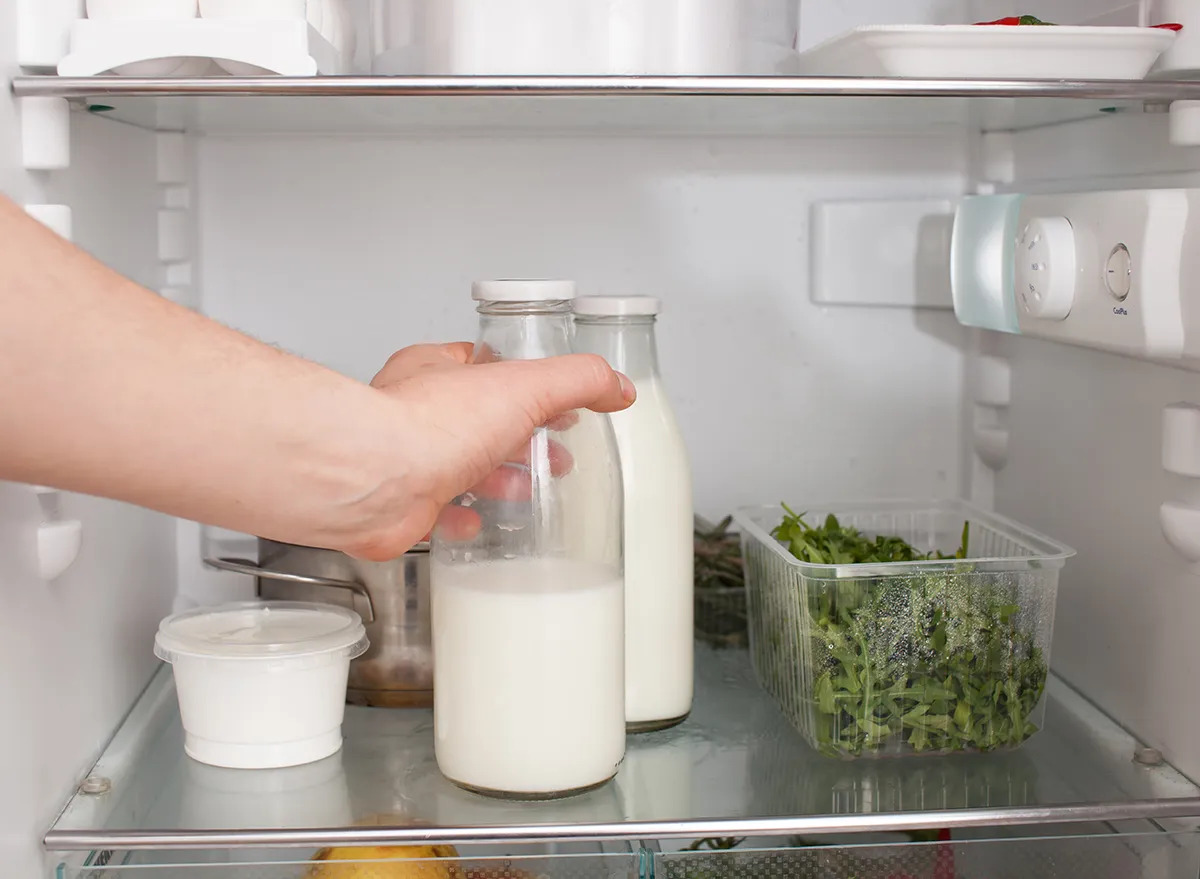
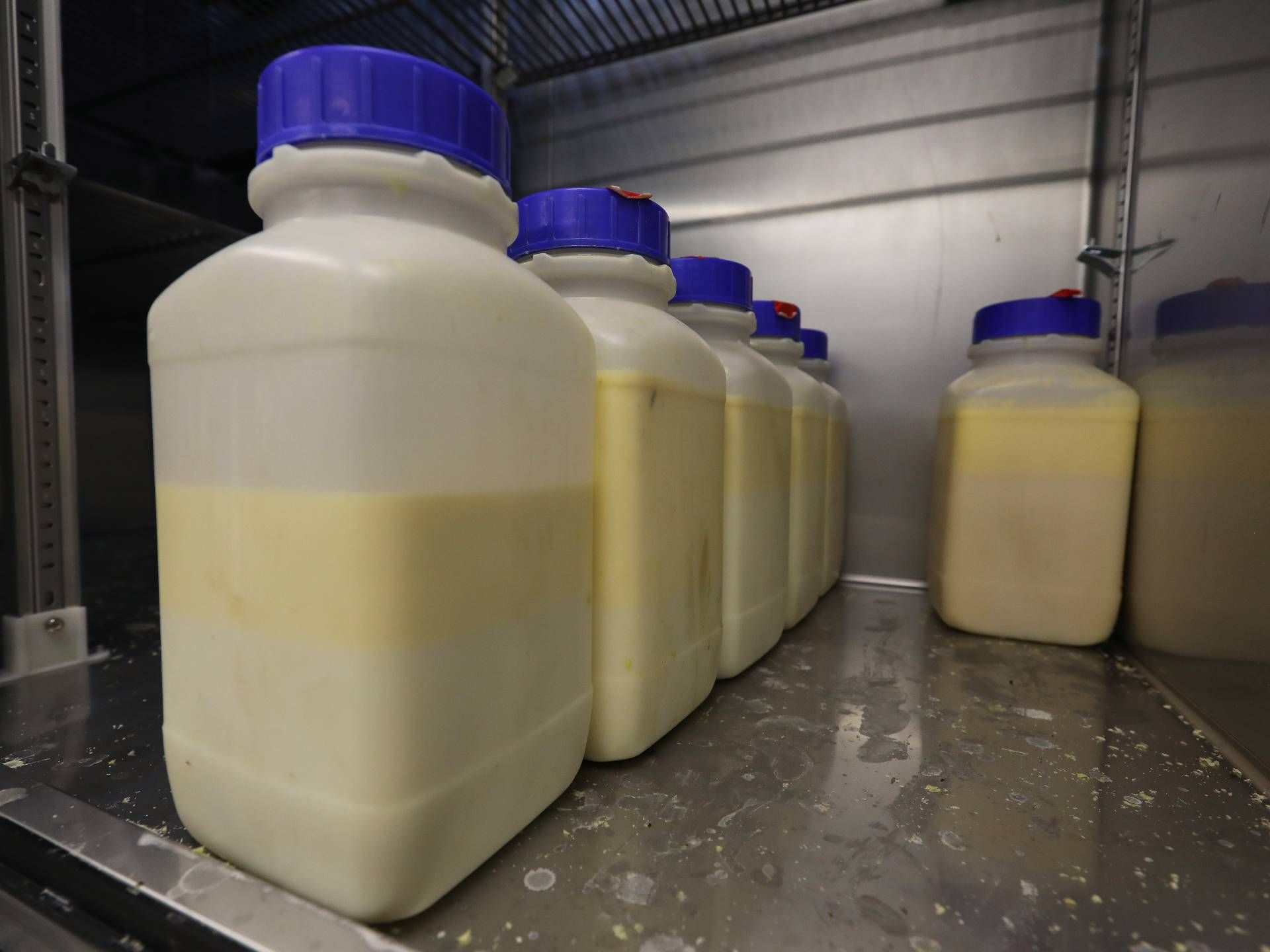
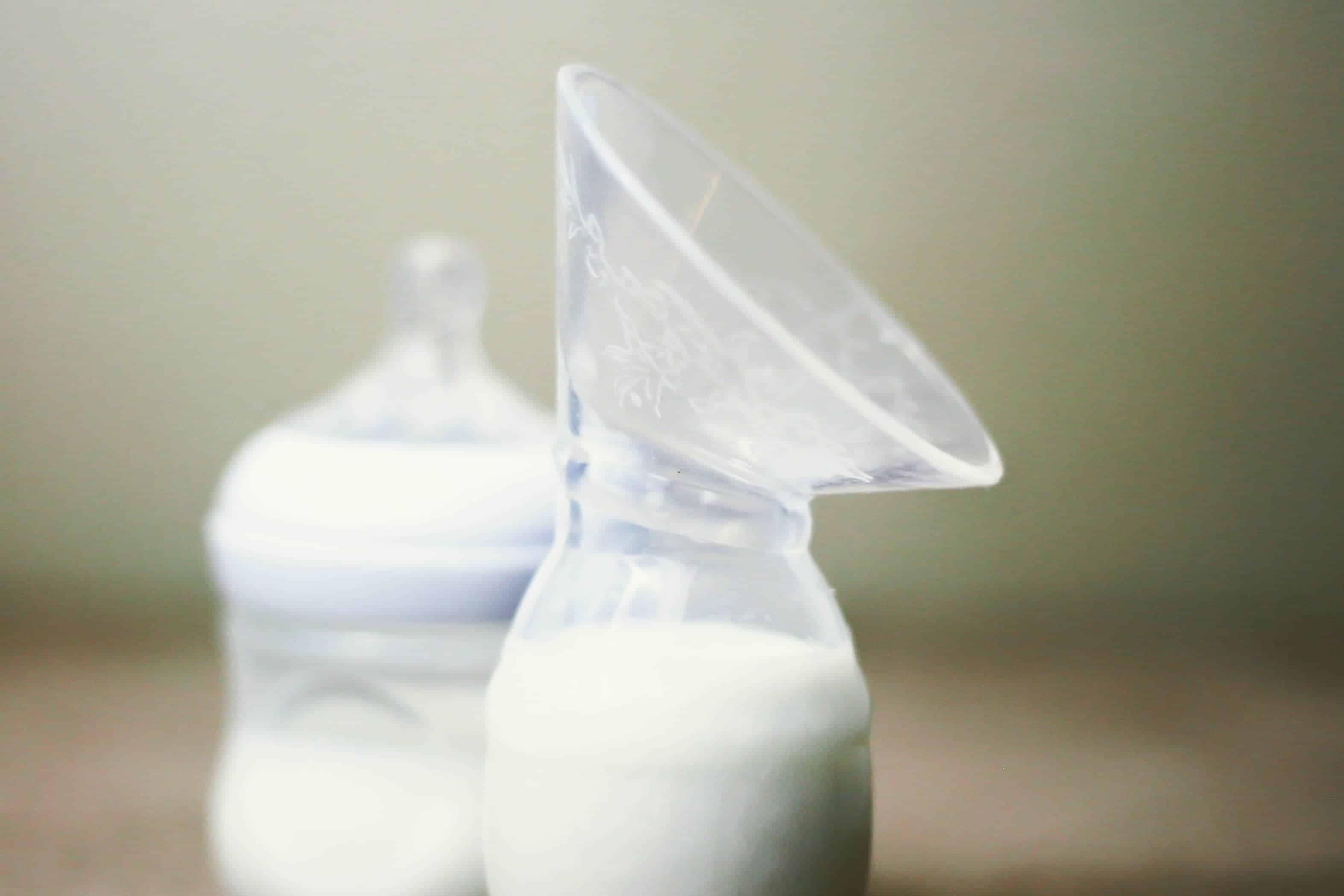
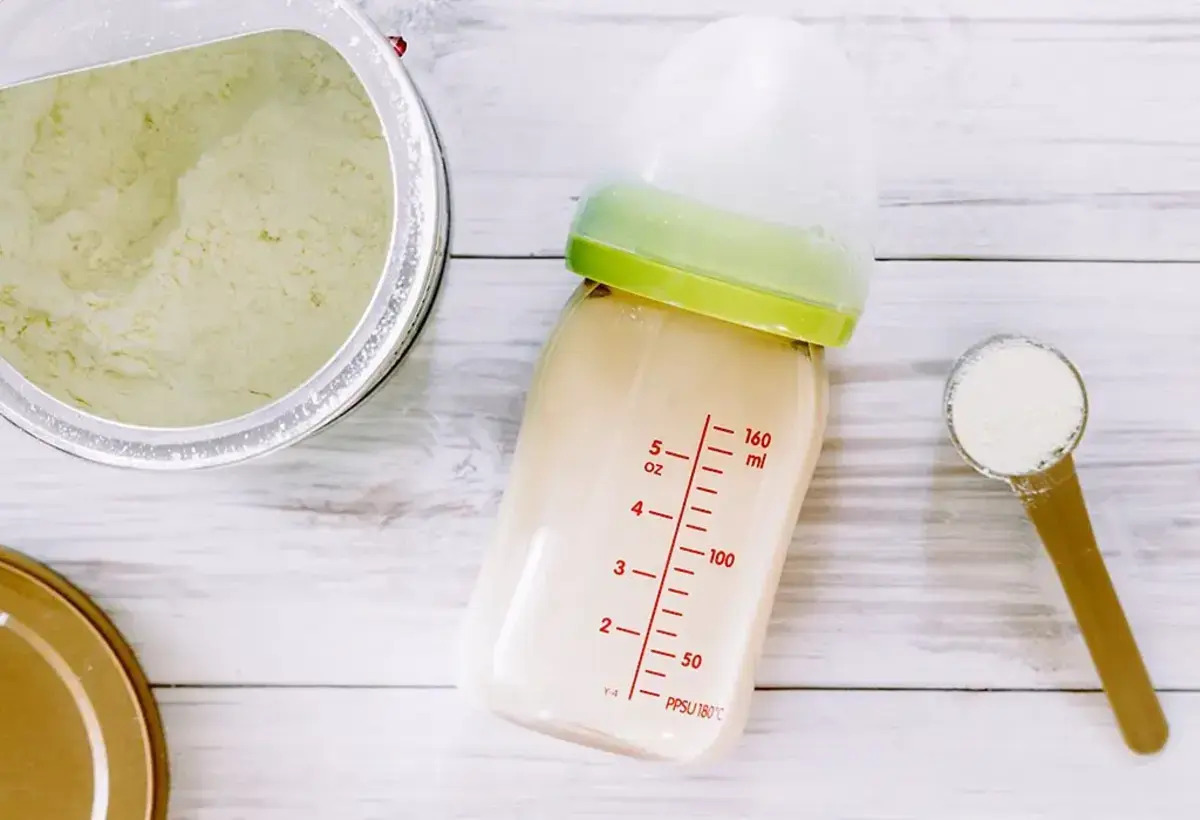


0 thoughts on “How To Store Almond Milk”